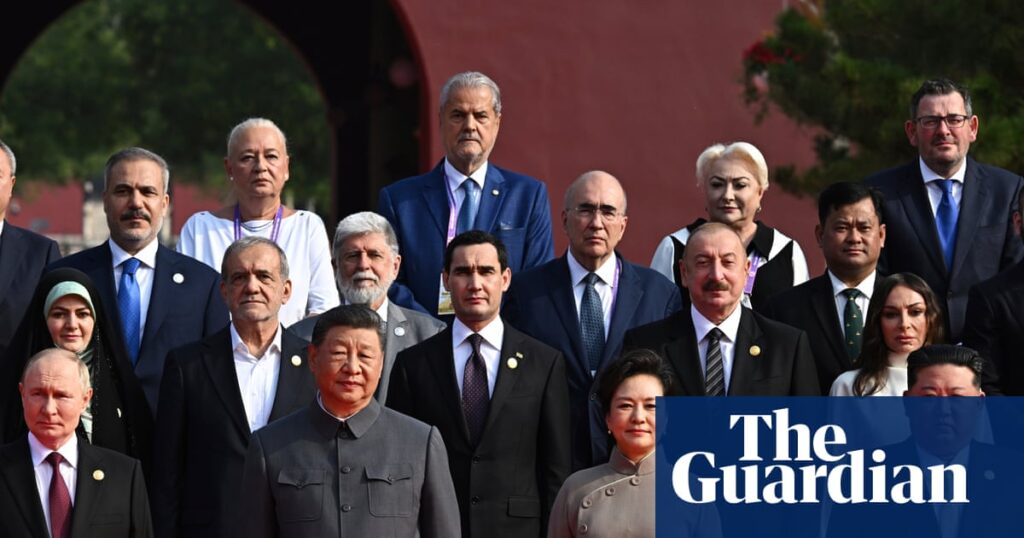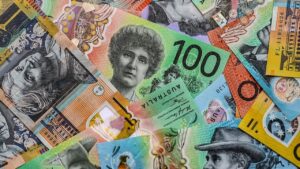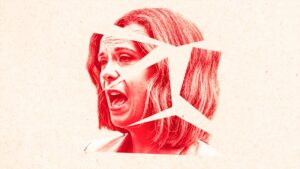
Daniel Andrews, the former Victorian Labor premier, has come under fire from opposition figures after being photographed alongside North Korean leader Kim Jong-un and Russian President Vladimir Putin at a military parade in Beijing’s Tiananmen Square. The event, marking the 80th anniversary of the end of World War II, saw Andrews standing several rows behind Kim during a photo opportunity for leaders from what some have dubbed the “axis of upheaval.”
The photo, distributed by the Russian state agency Sputnik, depicts Putin standing to the right of Chinese President Xi Jinping, with Kim on Xi’s left and Xi’s wife, Peng Liyuan, in between. Leaders from Iran, Indonesia, and other nations also appear in the group photo. The gathering has sparked controversy, particularly as China uses the occasion to showcase its military prowess, including drone displays, laser weapons, and advanced precision warfare equipment.
Political Reactions and Criticisms
The presence of Andrews at the parade has drawn sharp criticism from Australian political figures. Shadow Home Affairs Spokesperson Andrew Hastie labeled the event a “parade for dictators” and questioned the attendance of Andrews and former NSW Labor premier Bob Carr, who was also in Beijing but opted out of the parade.
Opposition leader Sussan Ley demanded an explanation from Andrews regarding his participation in the event alongside Putin, highlighting the implications for Australia’s international image. Meanwhile, current Victorian Premier Jacinta Allan defended Andrews, emphasizing the importance of maintaining strong ties with China for Victoria’s benefit.
“Victoria is an old friend of China and these connections are so valuable for our state,” Allan stated, noting plans for a trade mission to further strengthen ties.
However, former Queensland Labor Premier Annastacia Palaszczuk expressed disapproval, describing the visit by Andrews and Carr as a “bridge too far.”
Australia’s Diplomatic Stance
Notably, no major Western leaders attended the parade, with Australia represented by junior diplomats. Prime Minister Anthony Albanese, when questioned about Andrews’ seniority at the event, pointed to historical precedents and reiterated that official representation was in place.
Dr. Jill Sheppard from the Australian National University’s School of Politics and International Relations commented on the domestic political implications, suggesting that Andrews’ presence might serve as a strategic proxy for Labor.
“Both major parties find China really tough to talk about… this is an ideal outcome for Labor to have someone visibly associated with them standing so close to sometimes controversial world leaders,” Sheppard explained.
Historical Context and Future Implications
The parade comes at a time of heightened tensions, with Ukraine bracing for further Russian aggression and North Korea reportedly aiding Russia. The event underscores the complex geopolitical landscape, where alliances and appearances can carry significant weight.
Jennifer Parker, an adjunct fellow in naval studies at UNSW Canberra, speculated that Andrews might come to regret the photo in the future, given its potential to resurface in political discourse.
Andrews, who left parliament in 2023, has since established two companies and taken on a role as chair of the youth mental health center Orygen. His decision to attend the parade, reportedly in a private capacity, continues to stir debate over Australia’s diplomatic strategies and its engagement with global powers.
As the situation unfolds, the implications of Andrews’ attendance and the broader dynamics of Australia’s foreign relations remain a topic of significant interest and scrutiny.







